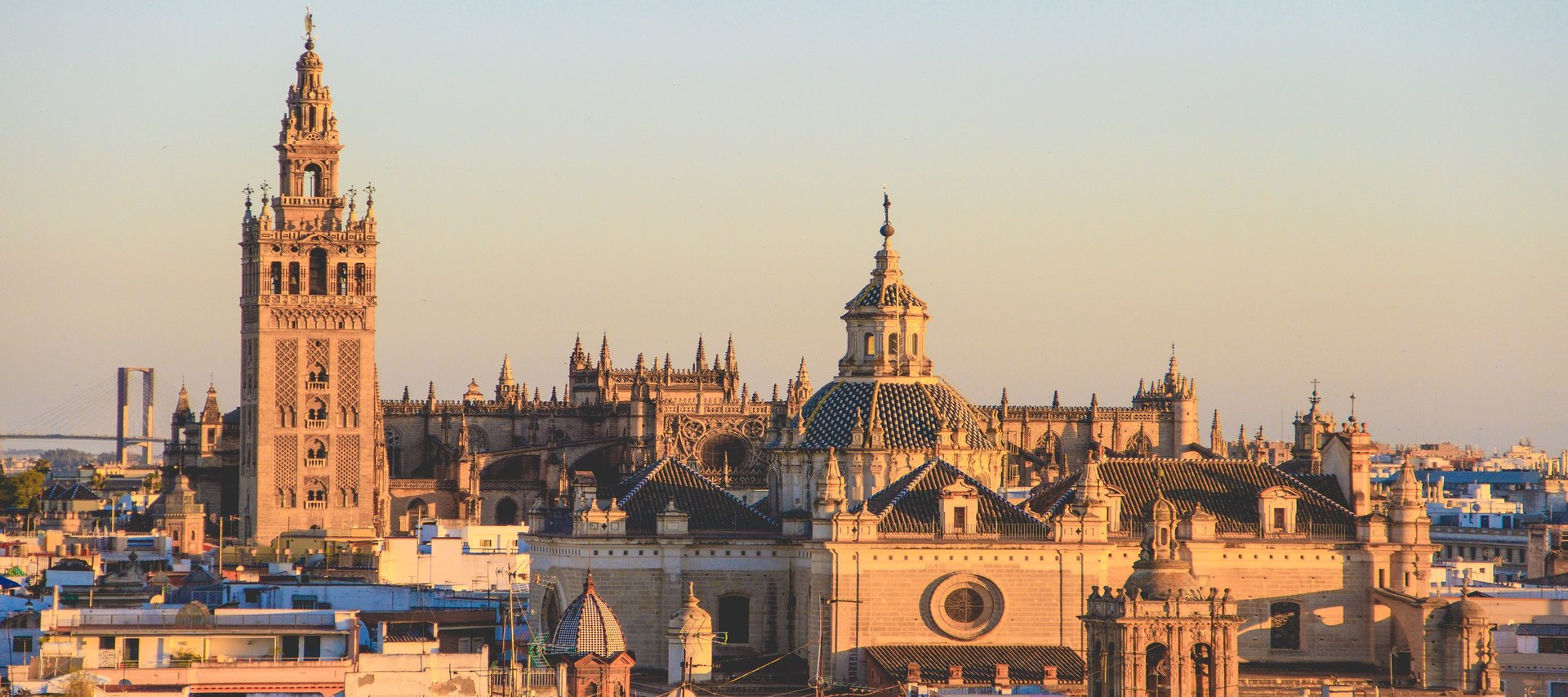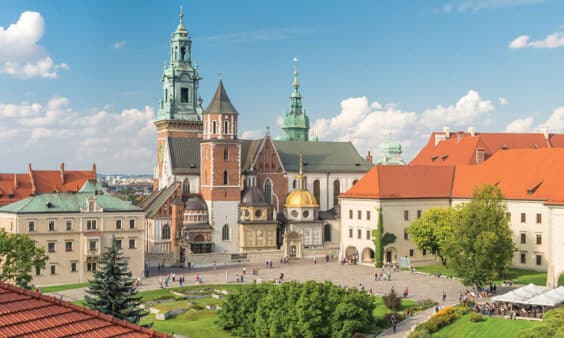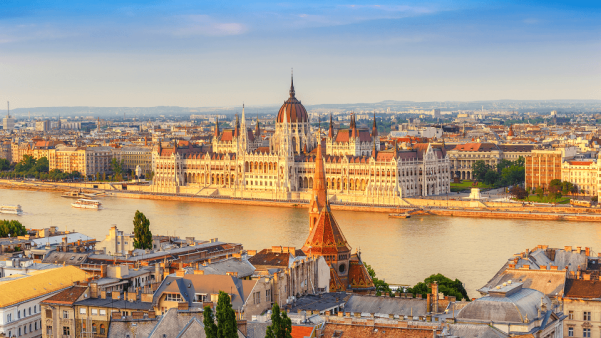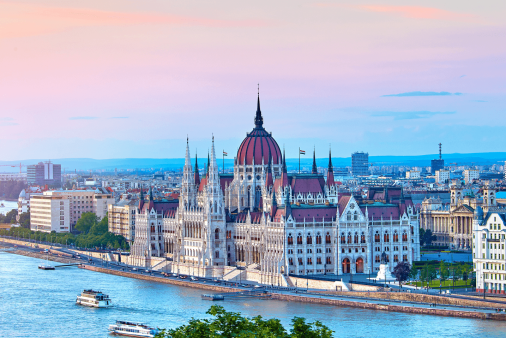As we near the end of the year, the search is on to find somewhere inspiring to spend the last of your annual leave days. Many travel lovers and adventure seekers will have already been to the most popular European city breaks. Others are just curious about new and exciting cities worth adding to their bucket lists. Here are our top cities off the beaten track to visit before the start of the new year!
1. Budapest, Hungary
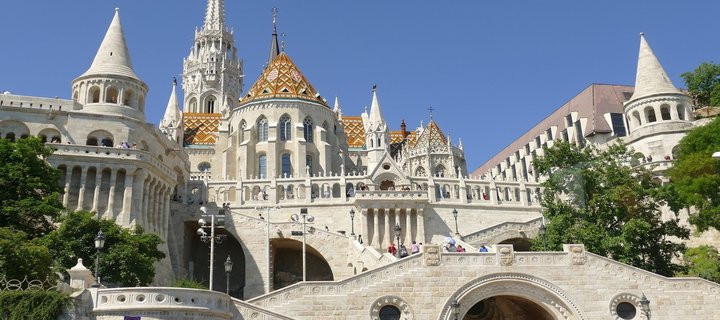
Why Budapest?
Budapest is a unique, affordable city with a lot to offer. With stunning Gothic, Renaissance, and Art Noveau architecture all over the city, a walk through Budapest’s many cobblestone streets won’t disappoint.
Budapest offers a lot of value for weekend city breaks, meaning you don’t need ample leave days left to check Budapest off your travel bucket list. Try traditional Hungarian goulash or go to a party in a thermal bath— only in Budapest!
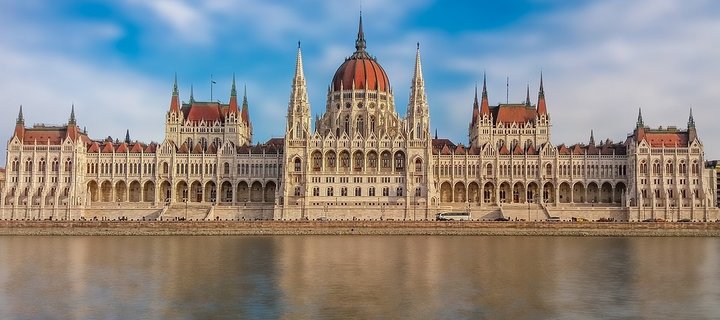
What to do?
Marvel at the magnificent Hungarian Parliament Building and take a walking tour of the historic Jewish Quarter. Pay your respects to the thousands of Hungarian Jews who lost their lives in the Second World War at the Shoes on the Danube monument and the Holocaust Museum.
Of course, no trip to Budapest would be complete without relaxing in one of the many thermal baths. There are baths of all sizes, prices, and styles, so there’s bound to be something for everyone. Then, live it up after dark in a vibrant bar or nightclub. Check out the “ruin bars” where abandoned buildings in the former Jewish Quarter have been converted into artsy nightlife hotspots!
2. Tallinn, Estonia
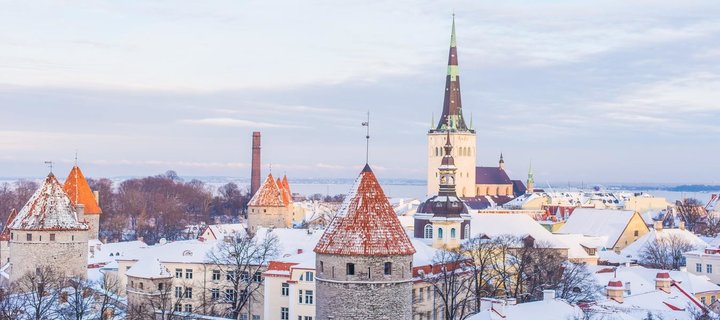
Why Tallinn?
Tallinn may be one of the most underrated yet most fascinating capital cities in Europe. Estonia, a small Baltic country, declared independence in 1920 but faced occupation from Germany in the Second World War and the Soviet Union thereafter.
However, in 1991, Estonia gained full independence and quickly rose to become a country with a high quality of life and booming businesses. Tallinn is the centre of this radical shift, and the mix of its successful tech ventures like Skype and Transferwise with its historic Old Town makes for a unique cityscape.
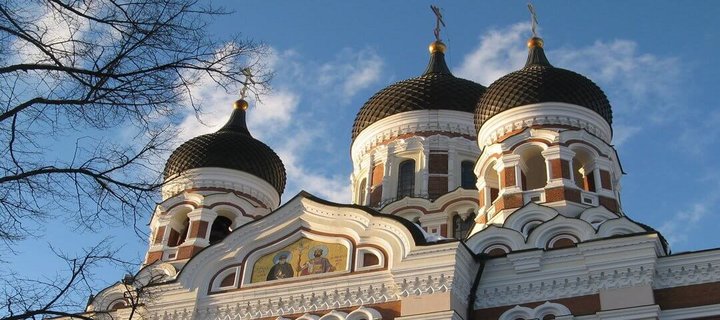
What to do?
The medieval Old Town in Tallinn is a listed UNESCO World Heritage Site and is among the best-preserved old towns in Europe. Here you’ll find the Alexander Nevsky Cathedral, an interesting example of the Russian influence in Tallinn, and the stunning gothic Tallinn Town Hall.
You can also climb Toompea Hill for breathtaking views of the city and countryside, and head over to Toompea Castle to see where the Estonian Parliament still meets today. For more of Tallinn’s aesthetic beauty, visit the Kadriorg Palace, an 18th-century edifice constructed by Peter the Great of Russia for his wife and fellow ruler, Catherine I. The palace also houses a branch of the Art Museum of Estonia which features foreign art exhibits.
3. Bordeaux, France
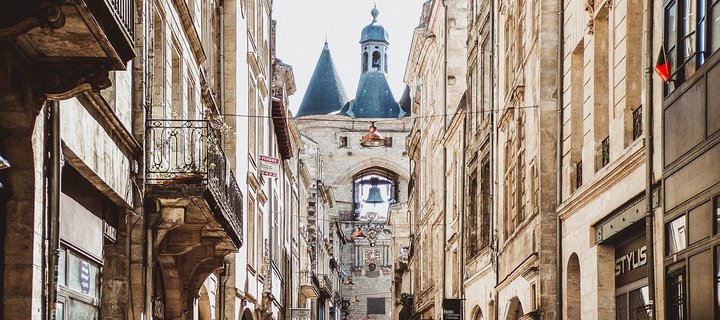
Why Bordeaux?
Bordeaux may be internationally regarded as the wine capital of the world, but there’s so much more to this golden city than just its fabulous wine. In recent years, Bordeaux has undergone a significant restoration process, renovating its historical buildings and cleaning up its streets. Therefore, its cityscape has a lot to offer in terms of views and photo-ops.
The city is also known for its fabulous cuisine. Bordeaux is located close to Arcachon Bay so it has top-notch seafood, especially fresh oysters. For dessert, the city’s speciality is cannelés, scrumptious miniature soft cheesecakes made with vanilla and rum.
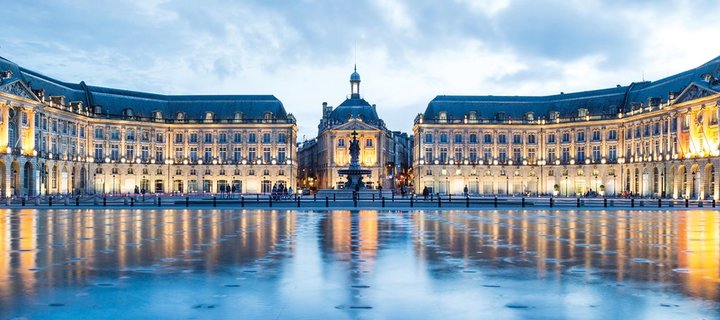
What to do?
Some of the most ornate buildings and trendy restaurants to check out in Bordeaux are located in the spectacular squares, like the Place de la Bourse, home of the Miroir d’Eau, or the Place des Quinconces, the biggest square in France. Then, shop along Sainte Catherine Street, the longest shopping street in Europe, or marvel at the Bordeaux Cathedral. Bordeaux is also a very cycle-friendly city, so you can rent a bicycle to explore the winding, enchanting streets.
Bordeaux’s interactive wine museum, La Cite du Vin, literally designed in the shape of a wine decanter, is a must-see during your trip. The exhibition will take you on a journey through all the finest wine-making regions in the world. Finally, you get to try some delicious wine at the end while taking in the city views on the rooftop. For the most authentic wine experience, look into visiting a chateau outside the city, like the historical Château Pape Clément or unique Asian-themed Cos d’Estournel.
4. Seville, Spain
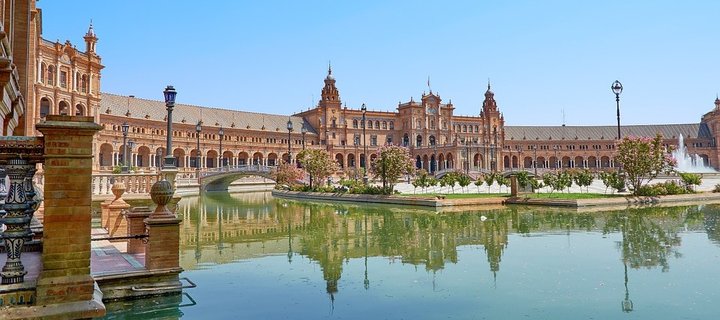
Why Seville?
Seville is an authentic hub of Spanish culture. In many ways, it represents the quintessential Spanish town— full of life, colour, and sunshine. Here, you can enjoy a delicious helping of tapas, Spanish olives, red wine, and a bit of Flamenco dancing! Seville also features architectural influences from all over the world, especially middle-eastern styles due to the centuries-long Moorish invasion.
Seville is also known for being the birthplace of several influential artists throughout history, like Velázquez, Murillo and Zurbarán. This creative flair is reflected in Seville’s stunning cityscape and significant art collections, like those showcased in the Fine Arts Museum. As the end of the year nears and the Irish winter approaches, you can still experience the last of the summer sun with a last-minute city break to Seville.
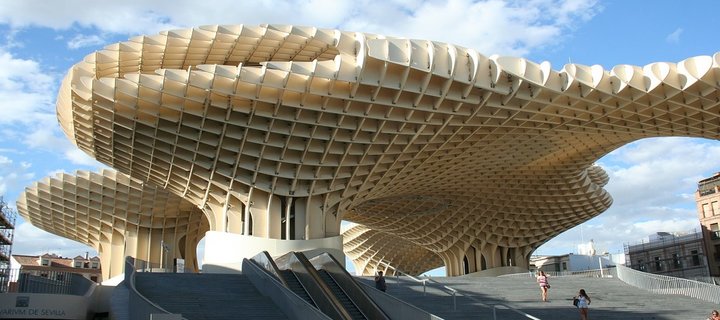
What to do?
The most iconic landmark is the city is the Plaza de Espana, the massive square in Maria Luisa Park. This elegant plaza features brilliant examples of renaissance and traditional Spanish architecture. For something more modern, head over to the world’s largest wooden structure, the Metropol Parasol. The giant parasol now houses a museum, farmer’s market, open-air restaurant, and elevated plaza to take in the city views.
Barrio Santa Cruz is the city’s medieval heart, featuring the famous Seville Cathedral and Real Alcázar Palace. Wander these narrow streets and check out a whole array of authentic tapas restaurants and quaint souvenir shops selling handmade arts and crafts.
5. Zurich, Switzerland
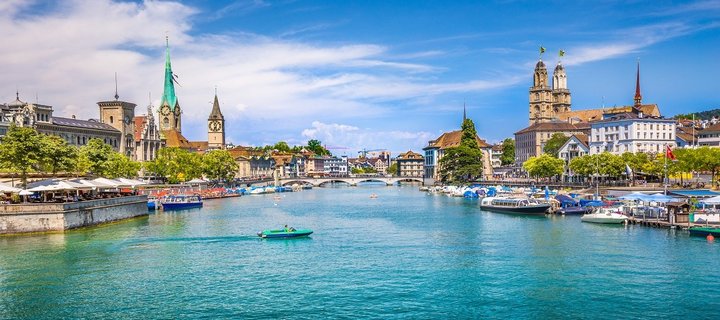
Why Zurich?
Zurich is the largest city in Switzerland and is situated on the northwestern tip of Lake Zurich. Though Zurich isn’t the capital city, it is a huge cultural and financial hub where you can truly experience the refined Swiss lifestyle.
Zurich constantly ranks among the European cities with the highest quality of life. In the Deutsche Bank Liveability Survey, Zurich even topped the list as the world’s most liveable city in 2019. Zurich also has the highest GDP per capita of any European city. With high-end shopping, fine dining, and a wealth of vibrant cultural traditions, Zurich is the ideal city to escape to for a weekend.
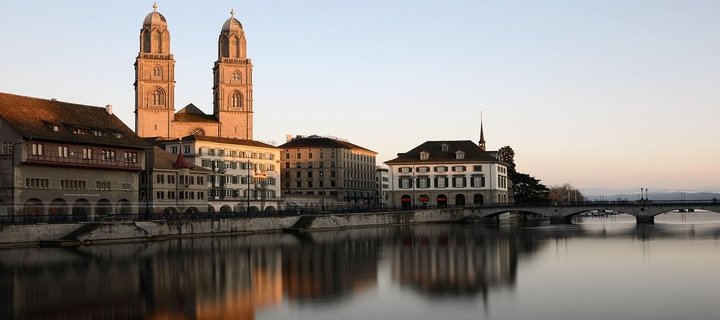
What to do?
Zurich’s museums certainly live up to its reputation as an especially cosmopolitan destination. The Zurich Art Museum has one of the most substantial collections of classic modern art in Europe, featuring the works of painters such as Munch and Picasso. The Swiss National Museum, on the other hand, exhibits Switzerland’s own fascinating historical and cultural background.
Bahnhofstrasse, the main downtown street in Zurich, is one of the world’s most exclusive and lavish shopping districts. Across the Limmat River, you can admire the Romanesque style architecture of Grossmünster, the iconic Protestant church in the heart of the city. For something a bit more down to earth, head out on Lake Zurich in a paddleboat, or hike the nearby Uetliberg hill for excellent views of Zurich and the surrounding area.
6. Verona, Italy
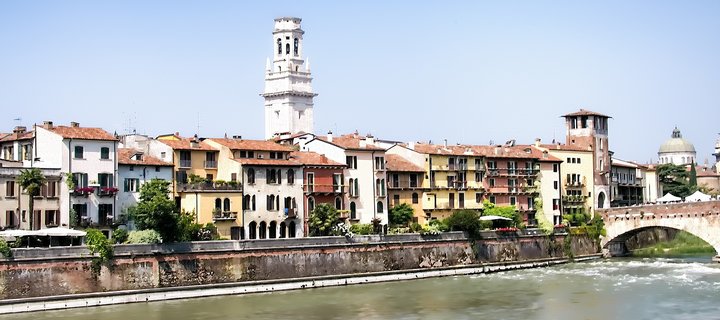
Why Verona?
Verona, the legendary setting of Shakespeare’s Romeo & Juliet, is a city rife with folklore and brimming with history. Located in Italy’s northern Veneto region, Verona is now easier than ever to access with a brand new direct flight from Dublin via Ryanair.
Verona was once a strategic city for the Roman Empire, so it is home to many lesser-known ruins and preserved ancient buildings. It is the second most populated city in the Veneto region, behind only Venice. Verona is also a mere 120km from Venice or an 80-minute train ride, so the two cities are very well connected.
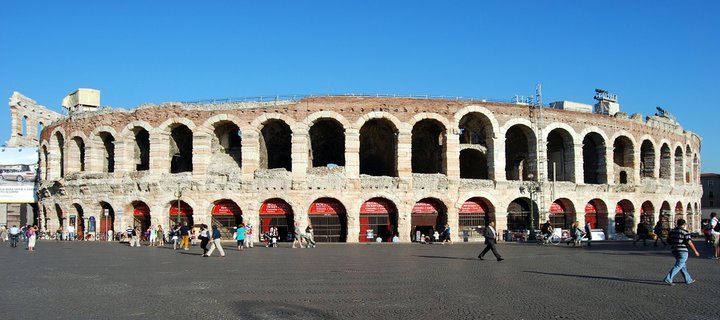
What to do?
This intriguing city draws tourists from all over the world to admire its art and architecture. You can visit “Juliet’s House,” a building on the Via Capello which is home to the mythical balcony where Juliet addresses Romeo. Though it was not the real inspiration for the setting of Juliet’s famous monologue, it has become an important site dedicated to the world-renowned play.
Perhaps Verona’s most impressive attraction is the Verona Arena, a massive colosseum which is arguably better preserved than the one in Rome. Constructed in 30 AD, it still has nearly all of its original seating and exterior. The Castle Vecchio and accompanying bridge are must-sees as some of the city’s most iconic landmarks. Lastly, don’t forget to try as much authentic Italian food as you can in the restaurants in the gorgeous Piazza Delle Erbe, Verona’s finest square!
Which of these alternative cities will you be exploring with your remaining leave days?

